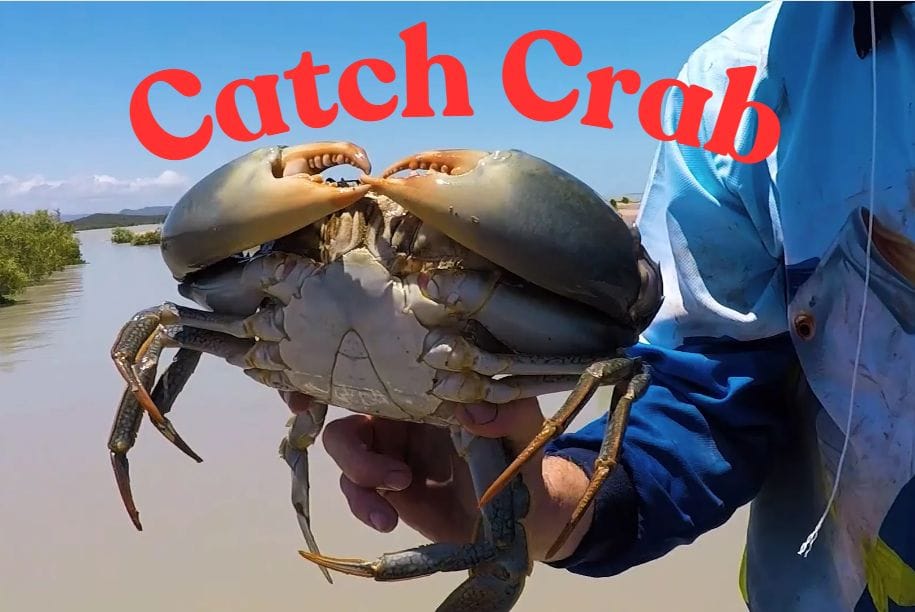
Exciting Adventure Awaits: Catching Crabs for Sports Fun
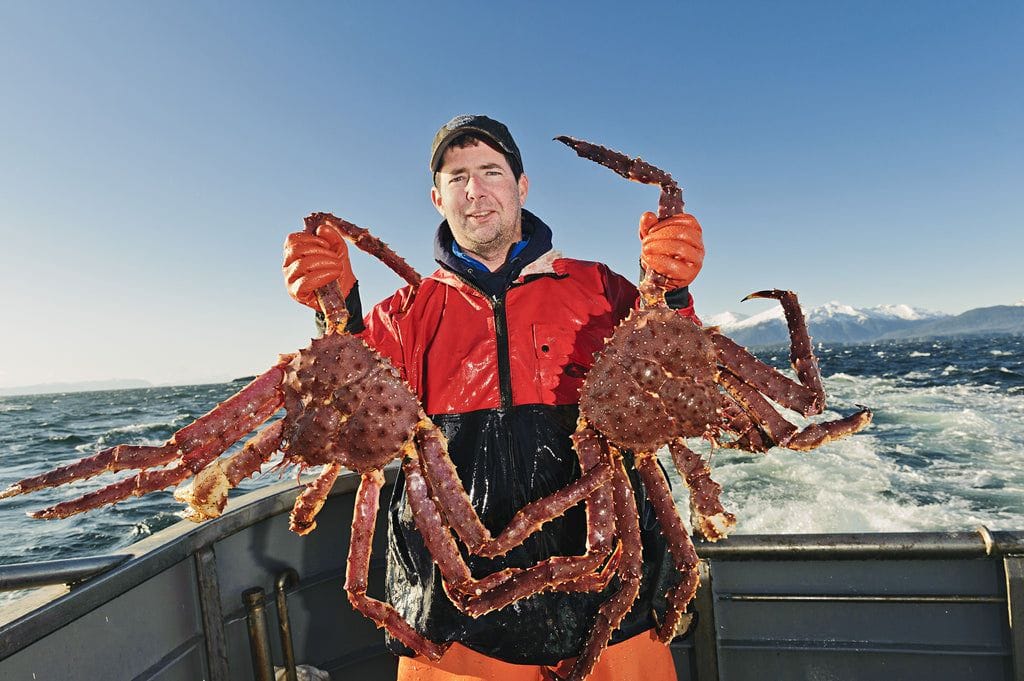
For those who enjoy the thrill of the catch and the rush of adrenaline that comes with it, catching crabs can be an exhilarating experience. Not only is it a fun and exciting activity, but it also provides a chance to connect with nature and appreciate the beauty of the marine ecosystem. In this article, we will explore five ways to catch crabs for sports fun, highlighting the best techniques, equipment, and locations to make your crab-catching adventure a success.
Understanding Crab Behavior and Habitat
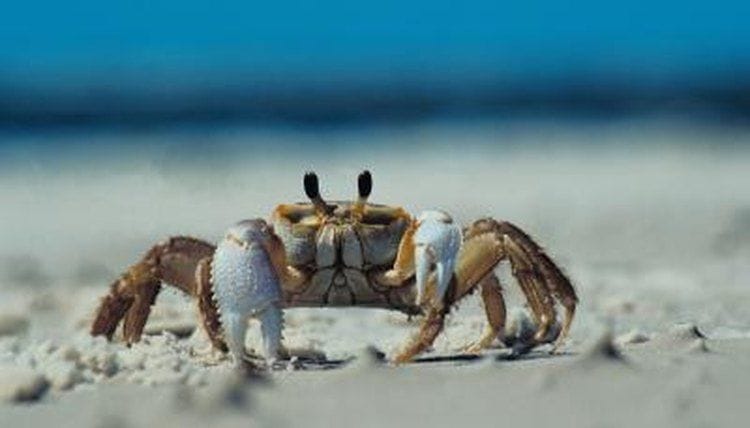
Before we dive into the different methods of catching crabs, it's essential to understand their behavior and habitat. Crabs are found in a variety of aquatic environments, including oceans, estuaries, and freshwater lakes and rivers. They are often found in areas with rocky or muddy substrates, where they can hide and feed on small invertebrates and algae.
Method 1: Crabbing with Traps
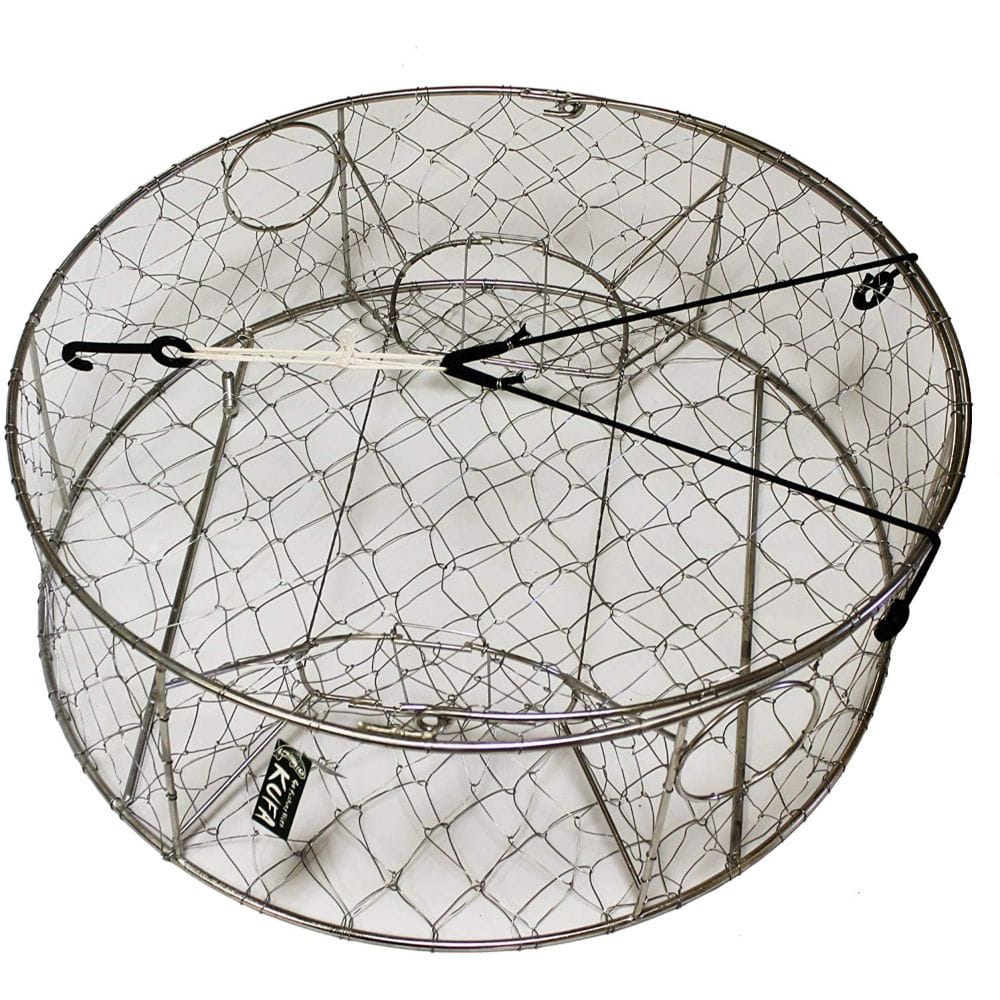
One of the most popular methods of catching crabs is by using traps. Crab traps, also known as crab pots, are designed to lure crabs inside with bait and then trap them. The trap is typically baited with fish guts, chicken necks, or other smelly baits that attract crabs. The trap is then dropped into the water, and the crabs enter through the funnel-shaped entrance.
Choosing the Right Bait

The type of bait used can make a big difference in the success of your crabbing trip. Different types of bait work better in different locations and at different times of the year. For example, in the summer months, crabs are more likely to be attracted to fish guts or chicken necks, while in the winter months, they may prefer more oily baits like squid or shrimp.
Method 2: Handlining for Crabs
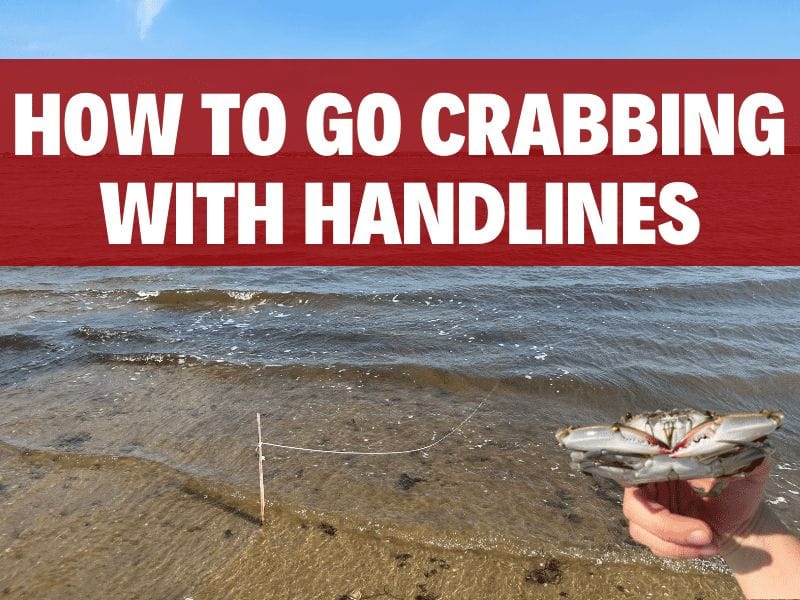
Handlining for crabs is a more active and exciting way to catch crabs. This method involves using a line with a hook attached to the end, baited with a lure or bait. The line is then cast into the water, and the angler waits for a crab to bite.
Tips for Successful Handlining
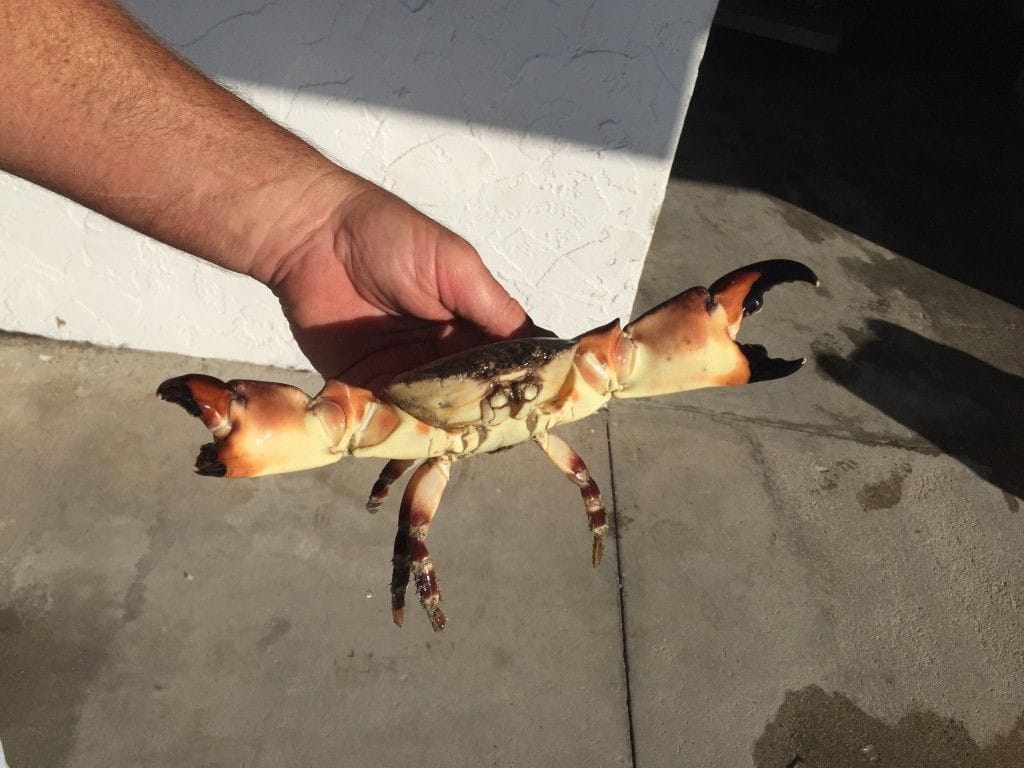
To be successful at handlining for crabs, it's essential to use the right tackle and technique. A medium-light to medium-heavy action rod and reel with a good drag system is ideal for handlining. The line should be monofilament or fluorocarbon, with a minimum of 10-15 lb test weight. The hook should be a size 2 to 4, and the bait should be a lure or bait that imitates a crab's natural food source.
Method 3: Netting for Crabs
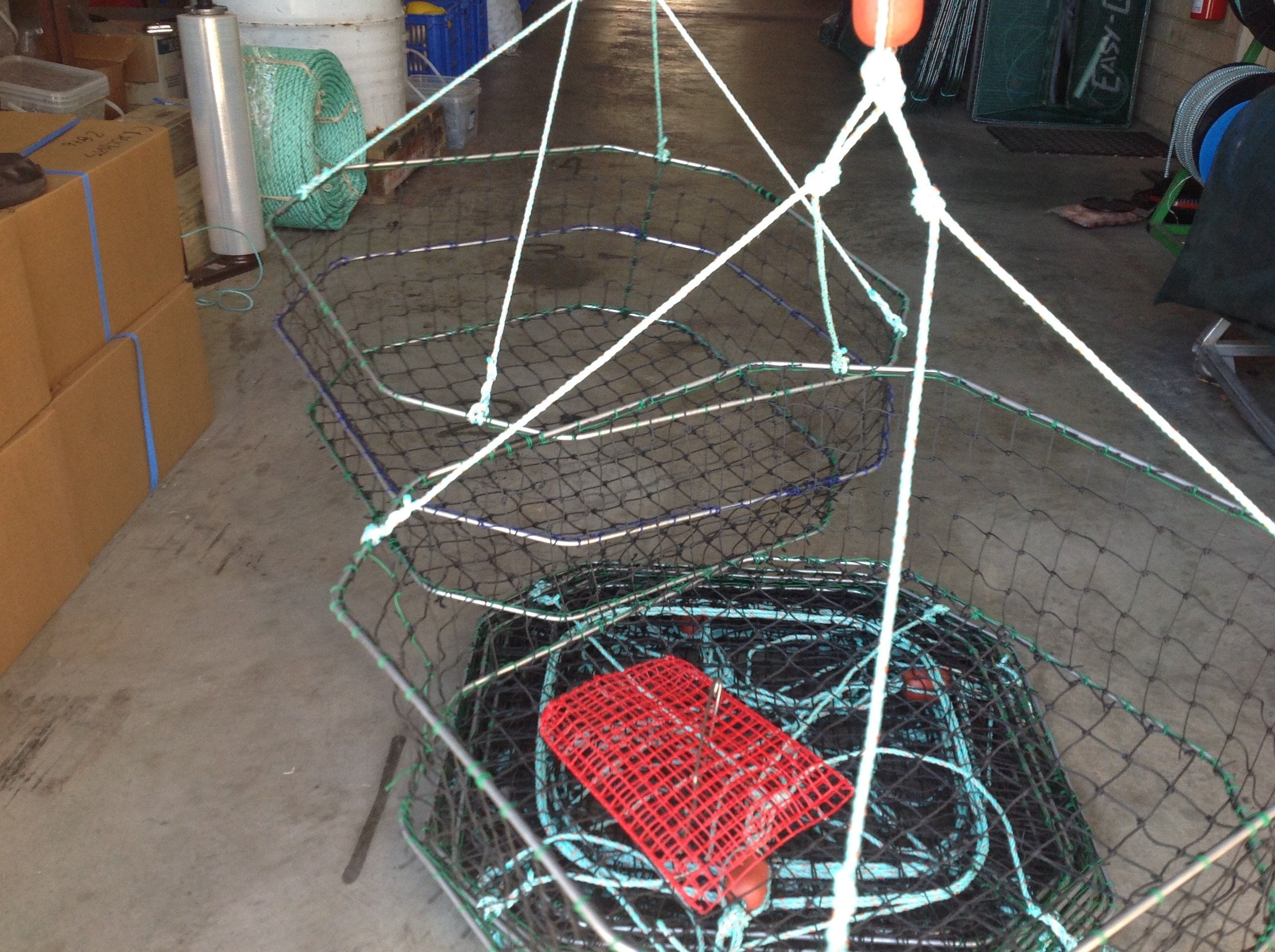
Netting for crabs is another popular method of catching crabs. This method involves using a net to scoop up crabs in shallow water. The net is typically used in areas with low water visibility, where crabs are more likely to be found in shallower water.
Tips for Successful Netting
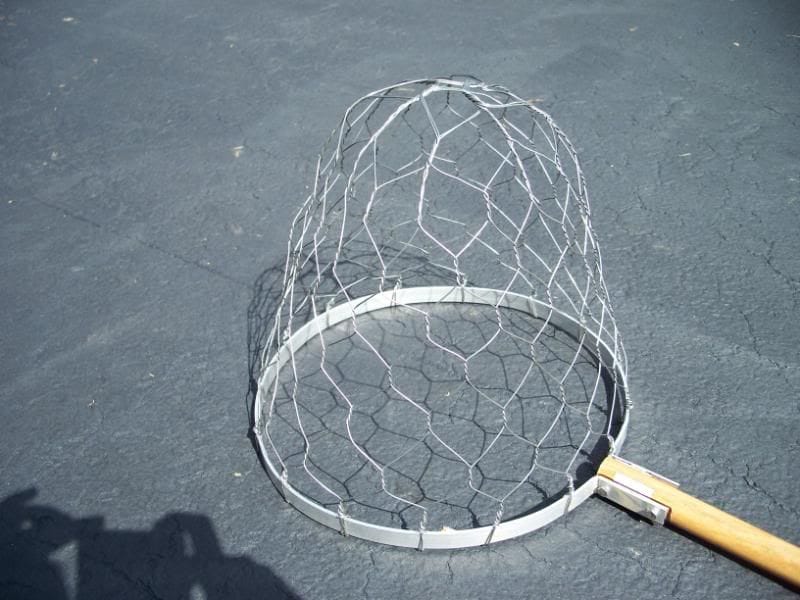
To be successful at netting for crabs, it's essential to use the right net and technique. A net with a diameter of 3-4 feet and a depth of 2-3 feet is ideal for netting crabs. The net should be made of a durable material, such as nylon or polyester, and have a mesh size of 1-2 inches.
Method 4: Diving for Crabs
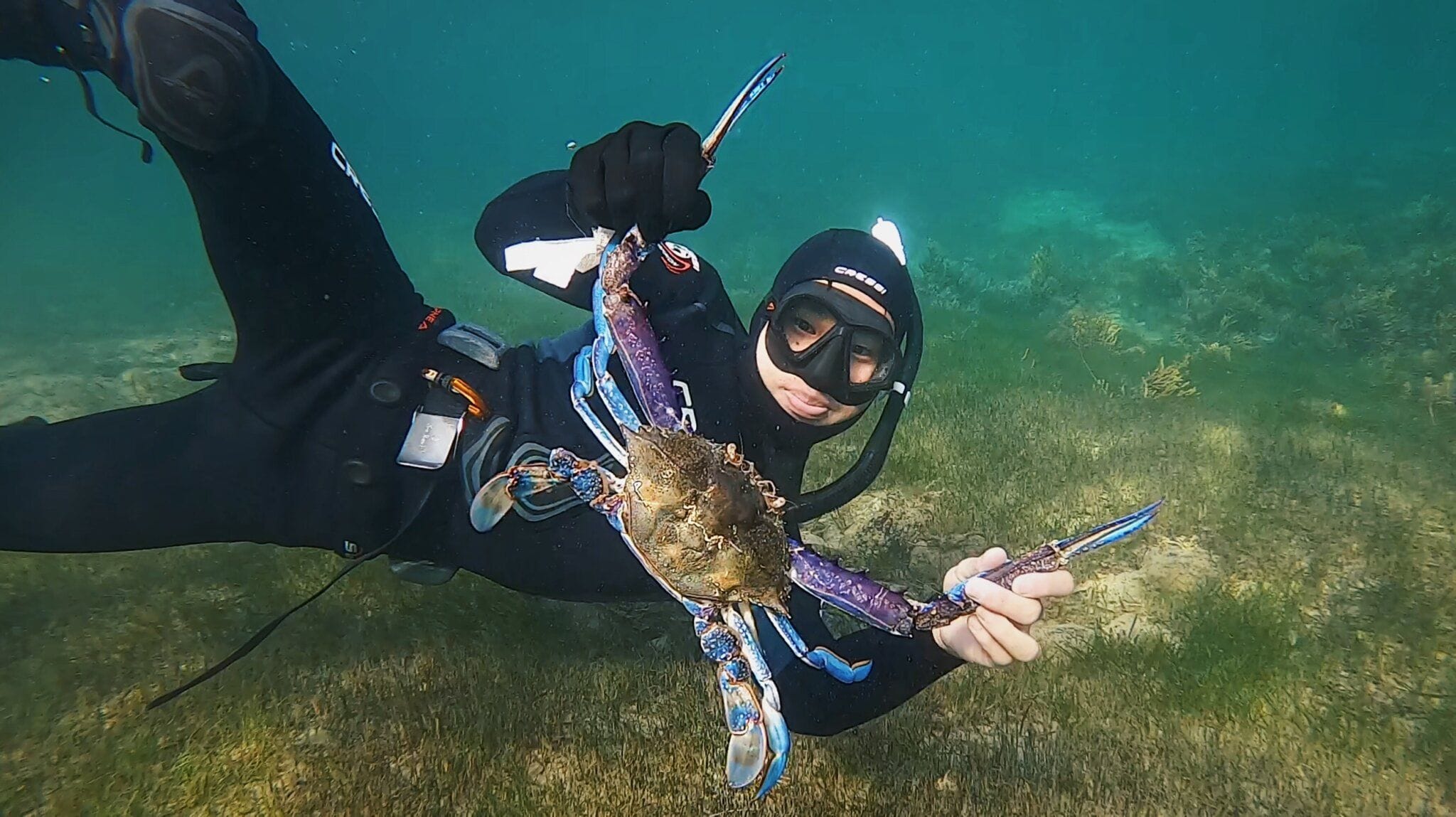
Diving for crabs is a more adventurous and exciting way to catch crabs. This method involves using scuba gear to dive down to the ocean floor and catch crabs by hand.
Tips for Successful Diving
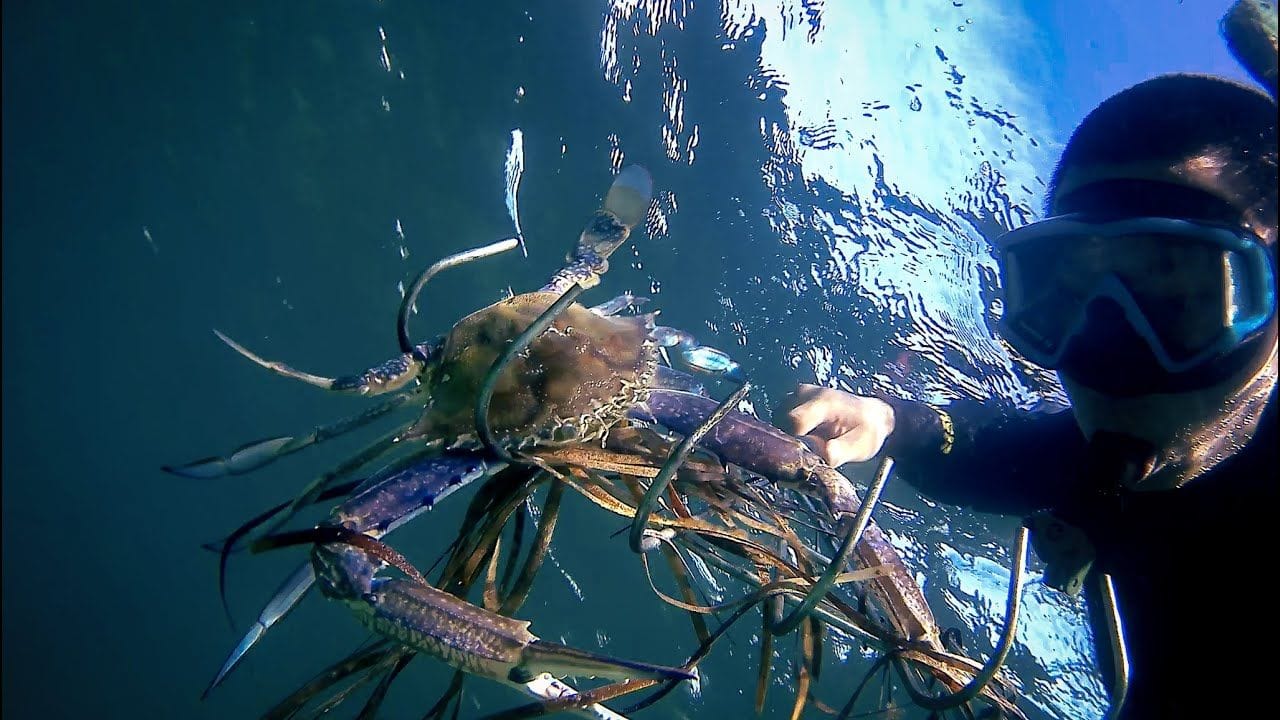
To be successful at diving for crabs, it's essential to have the right scuba gear and technique. A full-face mask and diving gloves are ideal for diving for crabs, as they provide protection from the cold water and sharp rocks. The diver should also have a good understanding of the ocean currents and tides, as well as the behavior of the crabs.
Method 5: Using Crab Snaps
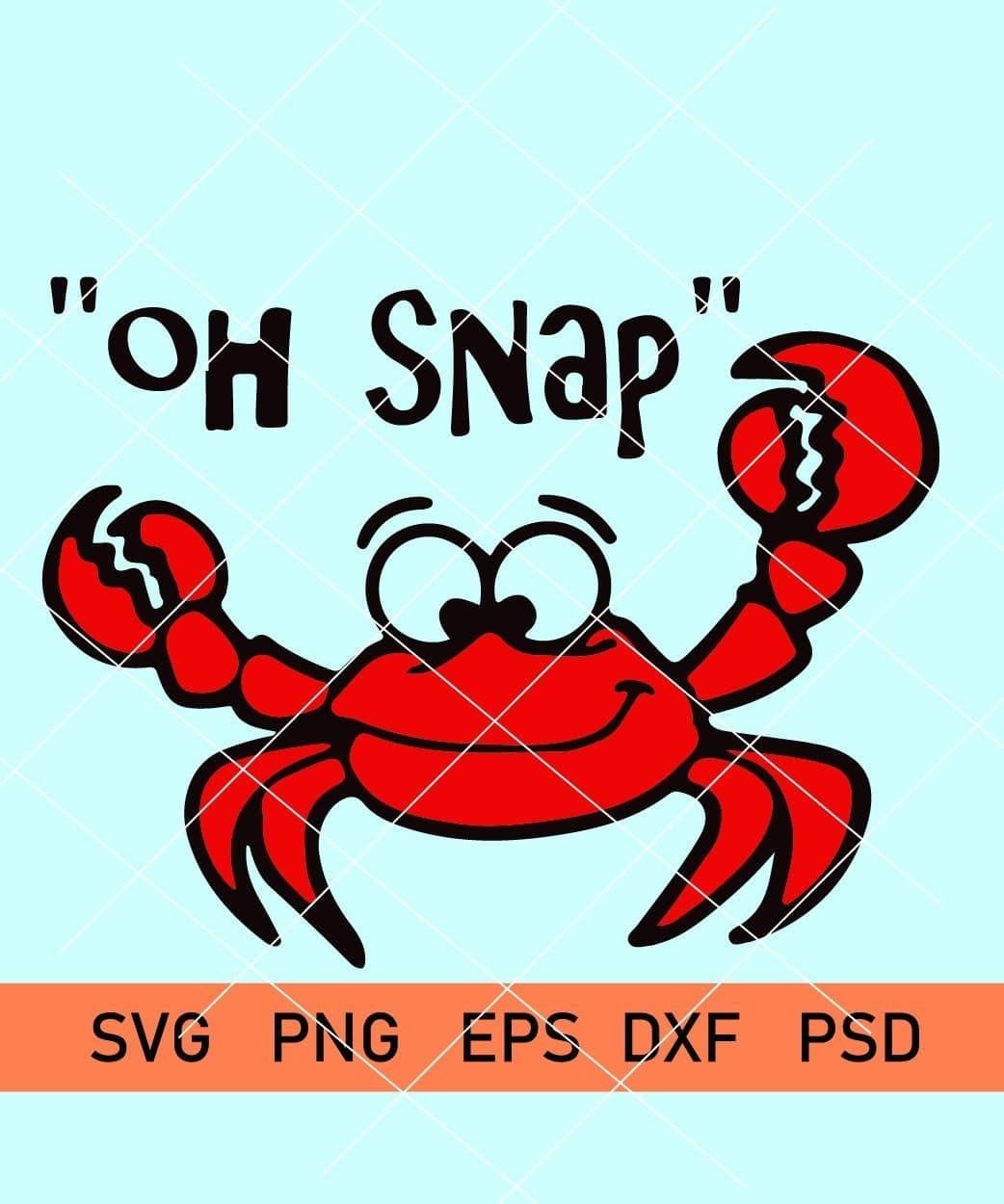
Using crab snaps is a more passive method of catching crabs. This method involves using a device that snaps shut when a crab tries to eat the bait, trapping the crab inside.
Tips for Successful Crab Snaps
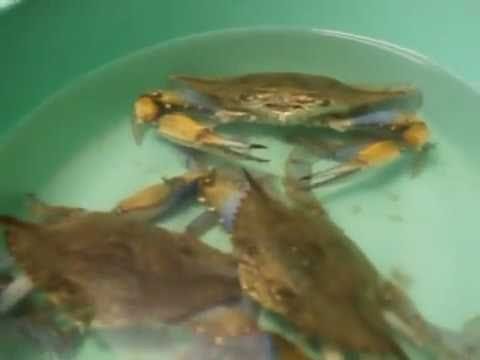
To be successful at using crab snaps, it's essential to use the right bait and location. The bait should be something that crabs are attracted to, such as fish guts or chicken necks. The location should be an area with a high concentration of crabs, such as a rocky reef or a muddy estuary.
Final Thoughts
Catching crabs can be a fun and exciting experience, whether you're using traps, handlining, netting, diving, or crab snaps. Each method has its own unique challenges and rewards, and the right technique and equipment can make all the difference. By following the tips and advice outlined in this article, you can increase your chances of catching crabs and enjoying a successful crabbing trip.
What is the best time to go crabbing?
+The best time to go crabbing depends on the location and the species of crab. Generally, the best time to go crabbing is during the warmer months when the crabs are more active.
What is the best bait to use for crabbing?
+The best bait to use for crabbing depends on the species of crab and the location. Fish guts, chicken necks, and squid are popular baits for crabbing.
Do I need a license to go crabbing?
+Yes, in most states, you need a license to go crabbing. The type of license and the regulations vary depending on the state and the location.